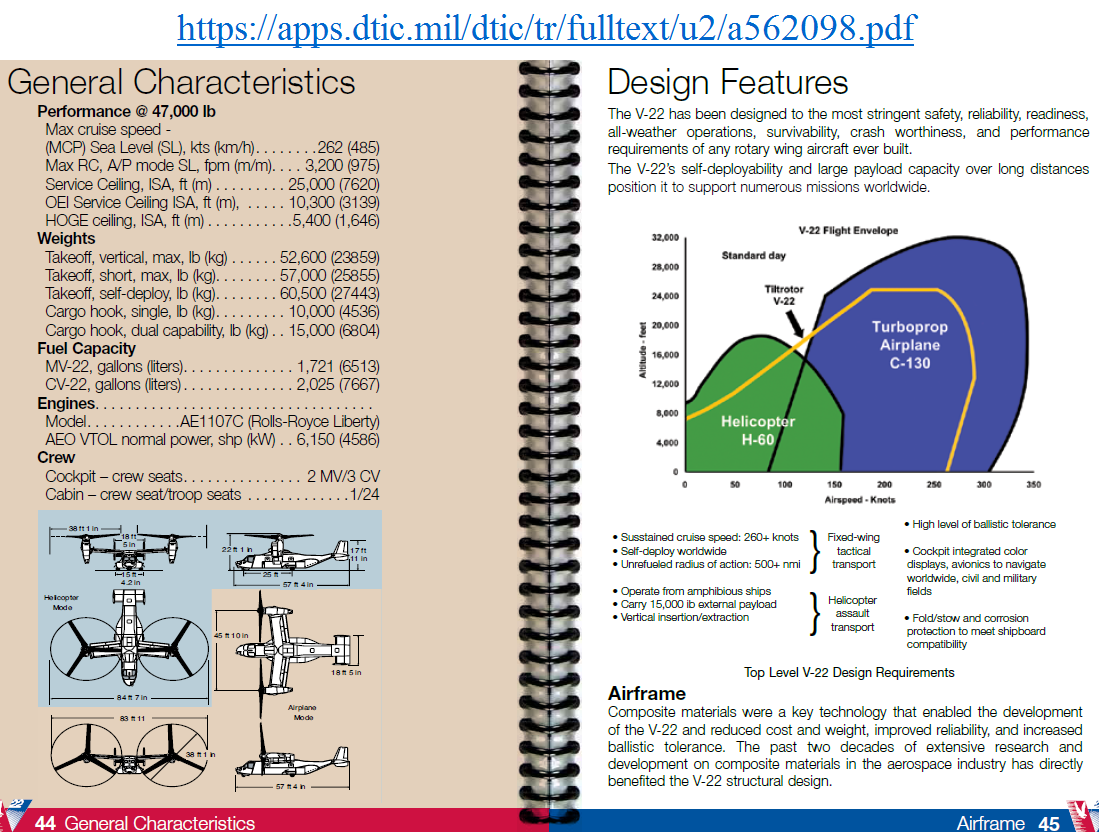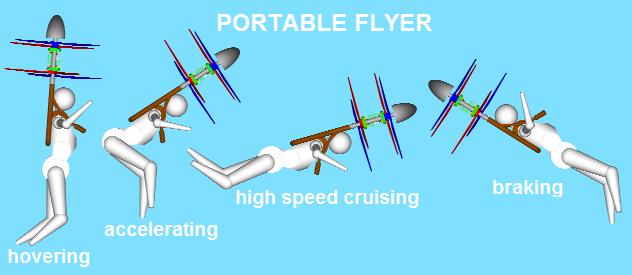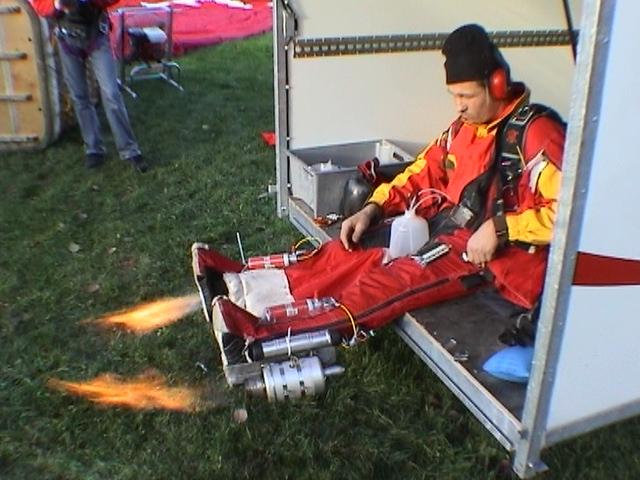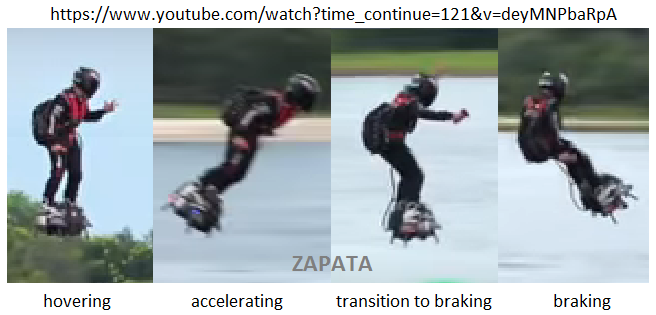You write:
- “again .... no .....
the max power of 2 T-406 (now AE-1107-C) engines is 9000 kW (c. 6000 hp each) .... AT SEA LEVEL
but at medium altitude (20000') the max power is c. 3600 hp each
the V22 transmission was designed for these worst cases ......
5700 hp from one engine working and one engine inoperative ONI .... or ....
4750 hp from each engine when in dual engine operation DEO in helicopter mode .... or ....
4200 hp from each engine DEO in airplane mode (same torque but proprotor runs at 333 rpm ie is 84% of helicopter mode's)
ie typically power from each engine DEO in airplane mode is 2500 - 3000 hp
see ASME 1990 paper 90-GT-245 'T 406 Engine Development Program' by Arvin & Bowman
when the V22 project started the intended glide ratio was 8 in airplane mode and 3 in helicopter mode
see Flight Safety Foundation (article 'Tiltrotor Offers a Choice' in) 'Helicopter Safety' Vol 14 No 6”
Quote from https://www.verticalmag.com/features/20 ... v-22-html/
“Typical stall speeds occur around 105 to 110 KCAS, depending upon aircraft conditions;”
“For reference, a 30-degree nacelle setting roughly corresponds to 130 knots calibrated airspeed,”
“During transition, the flight controls switch from a helicopter to an airplane based upon a speed schedule contained in the flight control computers. Swashplate movements are reduced and the flaperons rise up to become very large ailerons. (One thing to note is that the TCL doesnt change its function; it still controls the thrust vector by collectively changing the proprotor pitch.)
At this point, the Osprey is cruising along essentially as a twin-engine turboprop airplane, flying at the same speeds, altitudes and flight rules as traditional turboprops. The primary difference is the lack of ability to fly with one proprotor feathered, (which is one of the major training obstacles of multi-engine airplane transitions). Should a proprotor gearbox fail in airplane mode, causing the related proprotor to stop, the only recourse is to shutdown both engines and conduct a power-off glide and emergency landing; the adverse yaw is just too great for the rudders to overcome, leaving few options.”
“The loss of both engines in airplane mode requires very similar emergency techniques as utilized in a twin-engine airplane. However, as mentioned earlier, unlike an airplane it is impossible to feather the proprotors. The glide ratio of the Osprey is about 4.5 to 1 and the rate of descent while windmilling is about 3,500 feet a minute at 170 KCAS. Landing speeds vary with aircraft weight, but a middle-of-the-envelope speed is 130 KCAS. Unfortunately, the proprotors will definitely impact the ground, and converting the nacelles is not recommended. A safety design feature of the proprotors, however, is for them to broomstraw and throw the resulting fibers away from the fuselage to minimize damage to the occupants. Unfortunately, this characteristic has been tested in accidents; fortunately, it works as advertised.”
“Stalling the Osprey is a definite possibility when youre flying in the low end of the airplane-mode flight envelope. Typical stall speeds occur around 105 to 110 KCAS, depending upon aircraft conditions; fortunately, its rare to be flying that slow without having converted. One situation that can be encountered, however, is an accelerated stall, because the stall speeds can increase upwards of 140 KCAS as the bank angle increases.”
End of Quote
From the https://apps.dtic.mil/dtic/tr/fulltext/u2/a562098.pdf pdf:
Maximum vertical-take-off weight: 24,000Kgf

Quote from https://www.airforce-technology.com/projects/osprey/
“Performance
The V-22 can climb at the rate of 16.2m/s. The maximum and cruise speeds of the aircraft are 565km/h and 510km/h respectively. The range is 3,379km. The combat range and service ceiling are 692km and 7,620m respectively.”
End of Quote
According the previous:
565Km/h is the absolute maximum speed.
Combining the 4.5:1 glide ratio with the 24,000Kgf total weight, a drag of:
24,000 / 4.5= 5,300Kgf = 53,000N is calculated.
To displace this drag force at 565Km/h ( = 157m/sec) the required net power is 157m/sec * 53,000N = 8,300kW
With a, say, 90% efficiency of the propellers, the maximum power developed by the two engines is 8,300/0.9 = 9,200kW
Even the 4.5:1 glide ratio is poor for a fixed-wing airplane. However the OPSREY V22 is much more than a conventional fixed-wing airplane.
Back to the Portable Flyer.
Wearing a wing suit, at medium speeds (~200Km/h) the required power for sustaining a horizontal flight is small.
For higher speeds (300Km/h) a wingsuit is not necessary (or the pilot can retract his limbs to reduce the aerodynamic drag from the wingsuit).
The flexible human body makes the transition from hovering horizontal cruising and vice-versa easy and controllable.

Thanks
Manolis Pattakos


